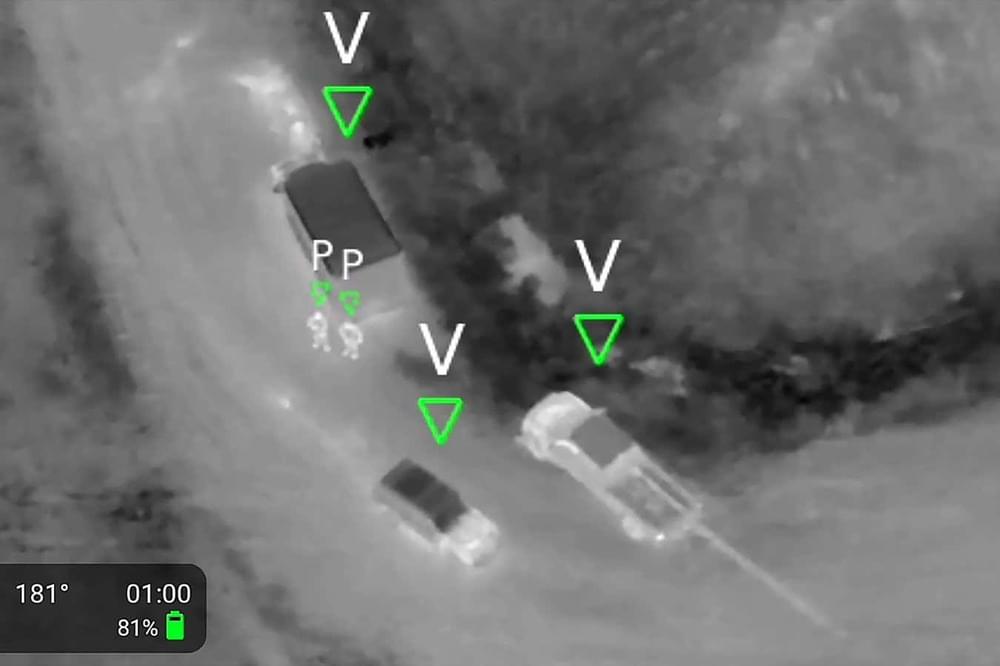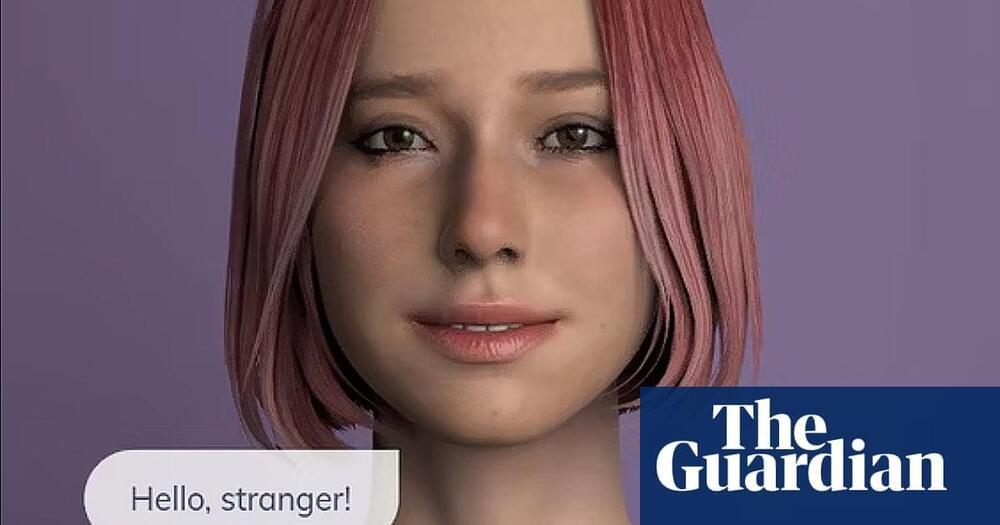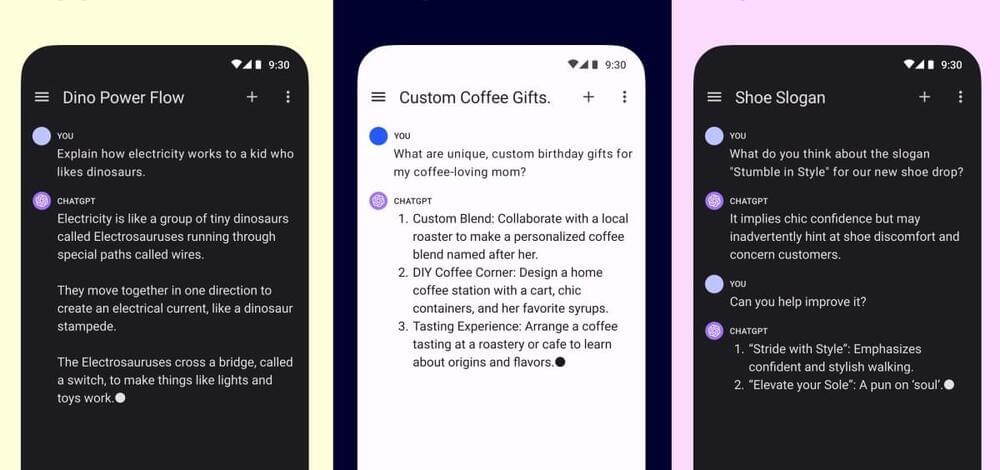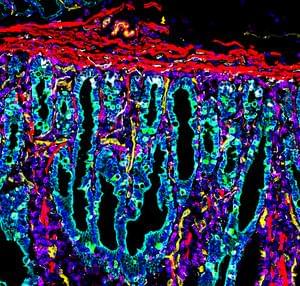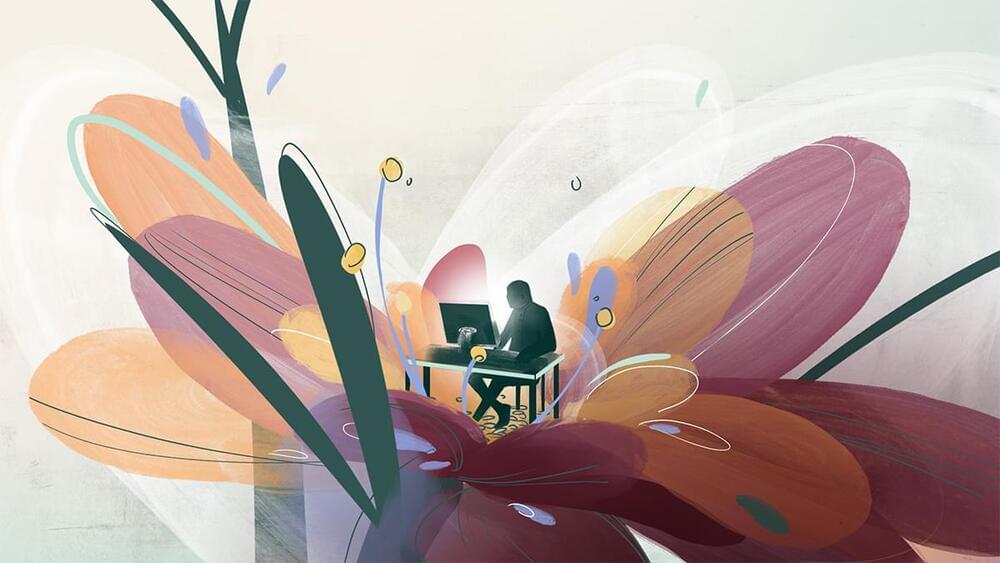Artificial intelligence today is spreading like wildfire. New and more powerful applications are emerging almost daily, and people are interacting with AI more in their everyday lives.
All of this is very exciting for modern enterprises, which have reinvented themselves as digital powerhouses post-pandemic. Still, digital transformations don’t happen overnight, and tech companies—and SaaS models in particular—were the saving grace of businesses sprinting to align their customer experiences with new consumer expectations and data-driven capabilities.
But AI is a different animal. Not only does it require huge sums of data, but it also requires a new approach to how that data is obtained and managed within the enterprise. Businesses expecting a simple “build it and leave it” experience with AI are in for a shock, and many will undoubtedly ask, “Can SaaS deliver AI at speed and scale?”

